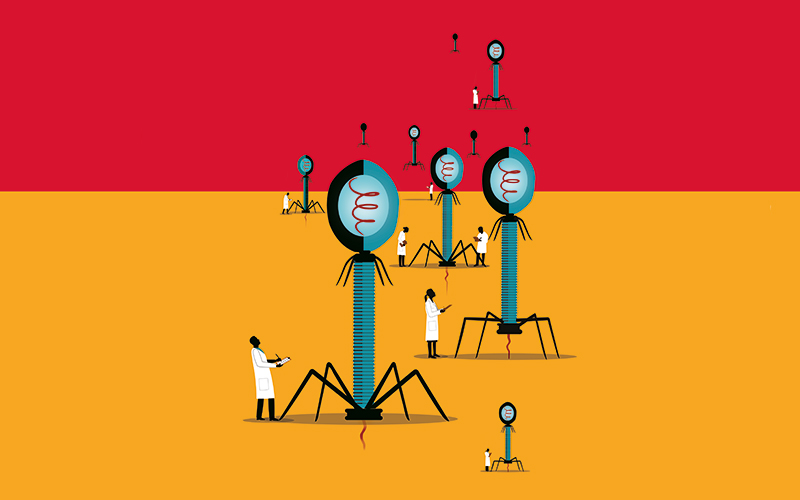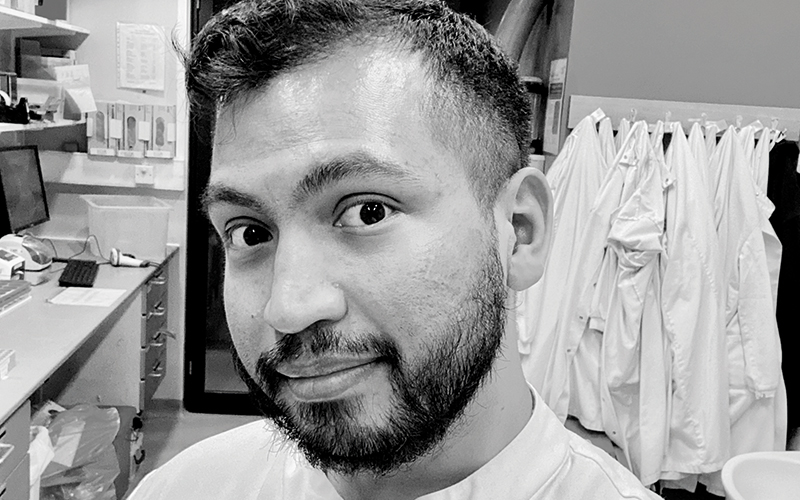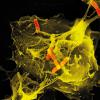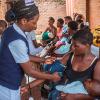This month we ask: “What would you like to see in the action plan for antimicrobial resistance?”

Francis Yongblah

Laboratory Manager and HSST Clinical Scientist
Great Ormond Street Hospital
Having worked at a specialist tertiary referral hospital, with patients visiting internationally, I have witnessed first-hand the increase in antimicrobial resistance (AMR) globally. Over time I have seen more and more carbapenamase-producing organisms (CPOs). I am terrified for the future of AMR. The forecast for the future of AMR is extremely worrying and I think a lot needs to happen in the next five years to tackle the challenges we face. I have seen a number of new antibiotics being tested in the laboratory and I still think there is a need to bring in more new antibiotics. More resources and better support for practices within infection control need to happen if we are going to intervene and prevent transmission events within hospitals. We need more testing with minimum inhibitory concentration or microbroth dilution to gather further epidemiological data and insights. The requirement for new rapid diagnostic technology to help reduce time to detection of CPOs and new diagnostic workflows utilising phenotypic and genotypic detection will look at colonisation vs. invasive infection. The latter is something I am working on as part of my doctorate. Translating this research will help to improve antimicrobial stewardship and clinical reporting. Lastly, we need everyone to sign up as an antibiotic guardian and make a pledge (this needs to happen now, not later).
Phillipa Burns

Principal Clinical Scientist (HSST)
York and Scarborough Teaching Hospitals NHS Foundation Trust
The ESPAUR (English surveillance programme for antimicrobial utilisation and resistance) report produced by the UKHSA is essential reading for all microbiologists and the latest version has prompted me to think differently about the challenge of AMR.
To tackle AMR we need to understand the relationship between deprivation and health inequality and antimicrobial usage and the development of antimicrobial resistance.
Areas of high deprivation have higher antibiotic use compared to areas of no or low deprivation. Those on lowest incomes have the highest antibiotic use. For example, paediatric cystic fibrosis patients in areas of high deprivation are twice as likely to contract MRSA.
More than 70% of all antibiotics consumed are prescribed by GPs. We need to understand this dynamic and develop rapid diagnostics to support antimicrobial stewardship across primary care. We need to seek first to understand the demands and needs of primary care clinicians and the drivers to prescribe. Communication with the community, perhaps using trusted charity partners, may help reach people with long-term health conditions.
We need to be frank that the challenge of reducing AMR is global, it is interlinked with food production, sanitation and health inequality. I would like to see our next AMR report start with national interventions to understand community prescribing and to focus on levelling up health and reducing deprivation.
Dr Tina Joshi

Associate Professor in Molecular Microbiology
University of Plymouth
I would like the new action plan to continue to focus on professional, patient and public education to support appropriate antibiotic stewardship. This ties into surveillance of AMR infections and development of new diagnostic technologies. Despite this being a recommendation of the 2016 O’Neill AMR report, there are still no mechanisms to foster diagnostic innovation in the UK.
While it is important to discover new treatments and therapies, we must remember that the economic pipeline for antibiotic discovery and diagnostics is broken. Therefore the action plan should focus on reinvigorating through investment into research and development and expanding “pull” incentives, such as the NHS antibiotic subscription pilot scheme.
Infection prevention and control also plays an important role; however, when considering disinfection, evidence of biocide tolerance is emerging, and this bacterial evolution also needs to be acknowledged and understood.
The UK AMR action plan also urgently needs to address WASH – water, sanitation and hygiene. The UK is now allowing raw sewage to be dumped into its seas and rivers, which is contributing to spread of infection and AMR.
There has been plenty of talk about how we will manage AMR; however, with continued inaction, we may not have any working antibiotics left to “steward” in future. Now is the time for true action so we preserve our precious antimicrobials for future generations.
Image credit | Nick Lowndes / Ikon




